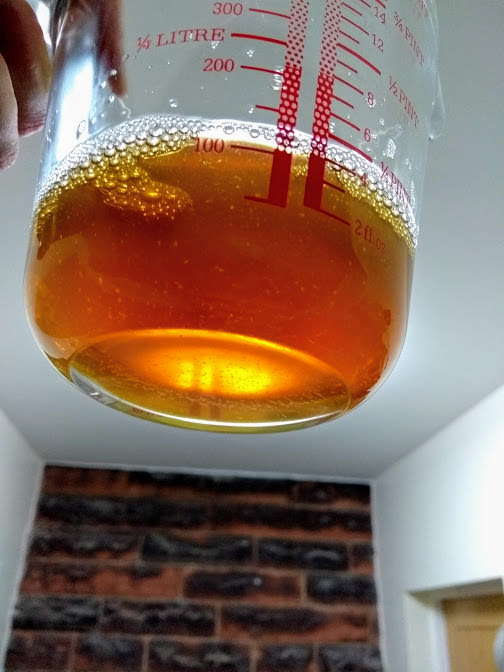HTH1975
Well-Known Member
- Joined
- Dec 7, 2015
- Messages
- 256
- Reaction score
- 107
Ah, gotcha, I'd read it as you had gone from there to somewhere else. Out of interest, can I ask what yeast you use?
As for 3g/l dry hop being crazy - Cloudwater use 24g/l....
We use the same house strain for everything. It’s reputed to be from the old Scottish & Newcastle brewery opposite St James’ Park. Brewlab have it if you want to try - it’s a great yeast, fruity, flocs well, can ferment warm. I like it a lot.
3g/L is our end of boil amount - i.e. hop stand, not dry hop. We don’t dry hop many beers to be fair, just the IPAs.
































![Craft A Brew - Safale S-04 Dry Yeast - Fermentis - English Ale Dry Yeast - For English and American Ales and Hard Apple Ciders - Ingredients for Home Brewing - Beer Making Supplies - [1 Pack]](https://m.media-amazon.com/images/I/41fVGNh6JfL._SL500_.jpg)

























